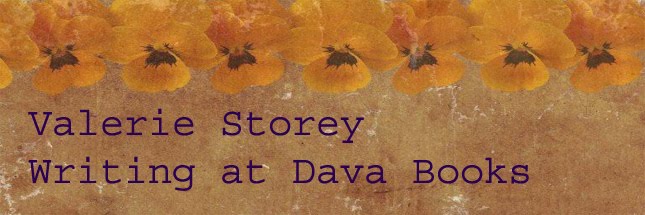

For several years I’ve taught workshops based on writing for children and teenagers. As part of the course I usually try to include at least one session on the difficult topic of explaining death and grief to young children. Looking to the Clouds for Daddy by Margo Candelario is one of the best books on the loss of a parent I’ve come across in a long time. Its treatment of the subject is heartfelt and deeply personal without being sentimental or “preachy.” The text is both poetic and conversational; the artwork by Jerry Craft is first-rate and solid. Like all top picture book artists, Craft has managed to create illustrations that go beyond simply filling out the text. The innovative artwork flows across the pages and creates what could almost be described as “mini-chapters.” Best of all, the compelling mixture of words and pictures drew me in as a reader. I could easily imagine a small child wanting to sit with this book, reading and re-reading it over and over again. The girls in the story are so appealing and the memories they hold in common are so endearing that readers will want to hold on to this story for a very long time.
1. Margo, please tell us the story behind you writing this book.I wrote Looking to the Clouds for Daddy a little over ten years ago in an attempt to document the conversations I overheard my children having about their father who had recently passed away. The dialogue and physical expressions were so powerful that it was necessary to transfer the feelings to paper for their well being and for others suffering from the loss of a parent by means of death, divorce or separation.
2. What was your writing process like getting the story down on paper?
There was no “technical process” of writing and re-writing for this project. I jotted a few comments and quotes down on post-its, put myself in the moment of the conversation, recounted the day’s activities, visualized the climate—literal and temperament—and then just let the story flow. It wasn’t very complicated because the characters are real, the situation was real, the questions were real and in-the-moment; they demanded truthful answers so I didn’t need “fill” dialogue.
3. Do you have any stories to share about taking the book out into the community now that it is published?The girls and I receive different reactions. Young people are fascinated and intrigued with meeting the characters in the book. The illustrations are so vivid and lifelike along with the use of personal photographs which enables the reader to identify with the family and its crisis. Children appreciate Real Life and identify with truth, so meeting the girls at book signings drives the purpose home. The reaction I get from the adults is teary silence and a head nod, with utterances of unfinished business, and the cold reality that there is never any closure with unexpected death. The book crosses over from children to adults because of its universal language so it allows for kinship.
4. You write poetry. How has that helped you to write a picture book?I’m sure there is a link, I’m just not sure how direct it is. My poetry is on another plane. I write poetry for the feelings I no longer verbalize as a single parent and widow.
5. Are you working on anything new right now?I am working on another story about the girls; people are looking forward to their next trial and triumph.
6. Do you have any writing advice for new picture book writers?Yes, keep the writing simple, truthful, energetic and write with purpose. Remember that children are people in small bodies who often have more sense than tainted adults.
Tip of the day: Read Looking to the Clouds for Daddy, Illustrations by Jerry Craft; Karen Hunter Media. ISBN 978-0-9820221-7-7. Be sure to check out Margo's website at http://www.margocandelario.com/. Perhaps you have a personal story to share with small children, too. The picture book format could be just right.



